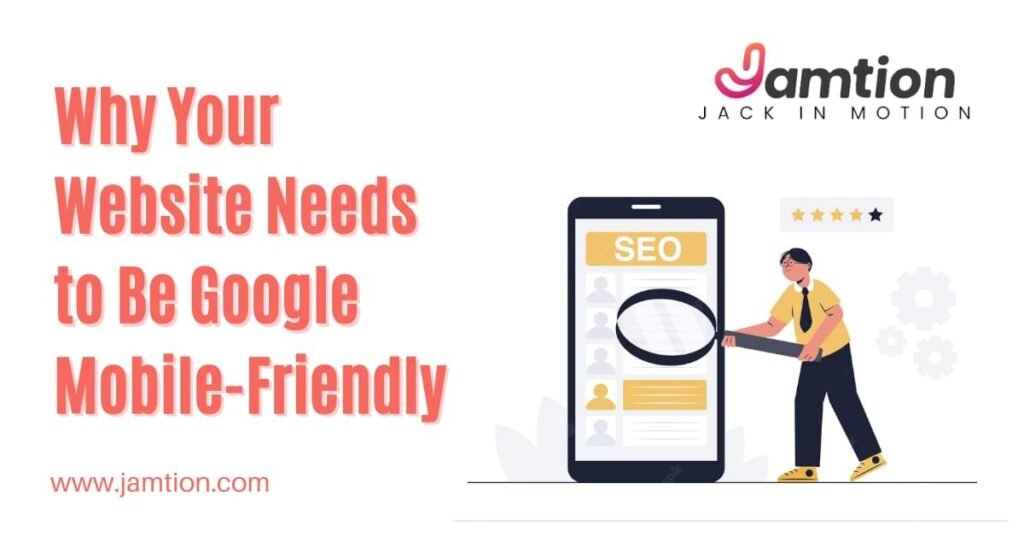As you might have studied in the previous article we talked of On-page SEO, in this article we talk of Off-page SEO which is another dimension of Search Engine Optimization. As the popular concept, you might be thinking that off-page SEO mainly comprises building links, however, this is just the tip of the iceberg and there is a lot to it. So stay tuned and keep reading. What is the importance of off-page SEO? Let’s take a practical example, you have mastered the On-page SEO and put the necessary optimizations with the proper placement of keywords. However, make it clear in your mind that this is only 50% of the story and the rest 50% needs to be worked upon too. This is where Off-page SEO comes into play. With proper back-link addition, social media signals, necessary PRs, and citations you can do what your competitors can’t do of thinking. Off-page SEO techniques There are numerous tips that you can follow for an off-page SEO, and why not? The secret techniques of SEO are no more secrets. However, in this article, we talk about 5 tips that can help you get your position sealed in the upper notches of the SERP. So here it goes- Social Media Marketing The relation between Social Media Marketing and Off-Page SEO is quite flimsy; to quote the UNRVLD article “Google hasn’t directly stated that a link from a social media platform will benefit your SEO, although they have said that social platforms are crawled for data in the same way to any other site on the web“ Forum Posting A forum posting site is a relevant online discussion board where you can have an effective conversation with your readers and have constructive feedback coming from them. Forum posting can help you get the following benefits- Exposure to new customers Better understanding of your customers Opportunities to answer any questions customers or potential customers might have Local Listings Local Listings are also known as directory listings, local SEO has always been a consistent off-page SEO technique. When done correctly, submitting your business to local listings can be vital for increasing revenue, and reputation rankings, particularly in localized search results. Localized search results include those results where the user referenced a location as part of their search, as well as those where the results are served, which are determined by the user’s IP address or location. The latter includes searches that often reference phrases such as “near me” or nearby. Local listings are free and extremely powerful. Not only can your business benefit from an increased amount of exposure and traffic but being listed in local directories presents the opportunity of building a valuable backlink from a high DA site. Many directories are well-known on the web, and you are probably already familiar with many of them. Submitting a local listing may seem easy, but ensuring that you provide identifying information across each listing is crucial for this off-page SEO technique. Business information such as the business name, address, and contact number must be identical across all listings. This may seem simple, but discrepancies like abbreviations or misspellings can have huge impacts on your listings as it can create confusion for Google. In the likelihood of this happening Google may display the wrong information, or even not show your listings at all in the SERPs. However, when local listings are implemented correctly they can be extremely powerful and can bring additional business from both national, and international audiences. Content marketing Content marketing is a great plus for off-page SEO, in all the cases you might not want to correlate your content directly however speaking in relevant forums about your content or linking it with appropriate authorities might help you find your footing. Providing third-party websites with guest content is another effective online marketing technique that can also yield off-site SEO benefits. This could be a thought-leadership piece through to ‘how to’ video content, something that will capture the attention of their readers. You should look to reach out to third-party websites whose target audience is similar to your own, such as niche online trade publications. This way you will be increasing exposure and brand awareness amongst potential customers and heighten the chance of driving referral traffic from that website. Of course, you will also benefit from a valuable backlink. Nurturing online relationships by providing insightful content can be a fundamental source of qualified traffic and leads. Remember, placing content with a strong DA, requires you to provide them with content or data in which is totally unique and is likely to be in high demand from their audience. Always remember to be strategic with sites that you target in order to place guest content, and ensure that you are reaching out to sites that are trustworthy and relevant to your own target audience. Link building Link building is considered an integral part of an off-page SEO strategy by many marketers. Google previously confirmed that links are one of the ranking factors as they help them evaluate a website’s reputation. Back in the days when it was designed, they probably didn’t even intend to create utterly new job opportunities for link builders and digital PRs. The original idea was to imply to users that links should be created naturally. And that’s how you should do it. Therefore, when working on your link-building strategy, you should never forget that received backlinks should be as natural as possible and flow smoothly with the text. Conclusion There are a lot of ways that you can optimize your off-page SEO, these are just a few of them. Off-page SEO can be a great help in providing the invisible help to your content that helps it shine in the SERP rankings.




